Speaking of the National Palace Museum, you wouldn't expect the illustration card
What kind of illustration card would the audience need most? The National Palace Museum has collaborated with PDIS to create a completely different kind of collaborative meeting.
In the past, the collaborative meetings were usually held on social issues and public policies of certain concerns and the main method of collaboration was through the process of “discussion”.
However, for the 67th collaboration meeting of the open government, we spent more time on “creation and experience”, in addition to exploring the needs of people of different identities for “illustration card”.
The participants were recruited by the National Palace Museum through the Internet, and they were designated as “1. teachers and students (students and employees) of museum-related subjects; 2. high school teachers who will bring their students to visit the National Palace Museum; 3. people with engineering, technology or science backgrounds who like to visit science museums; 4. parents or housewives whose children are currently in elementary schools; 5. senior citizens over 65 years old; 6. people who work in the field of exhibition or graphic design; 7. pilgrims who visit museums as part of their foreign travels”.
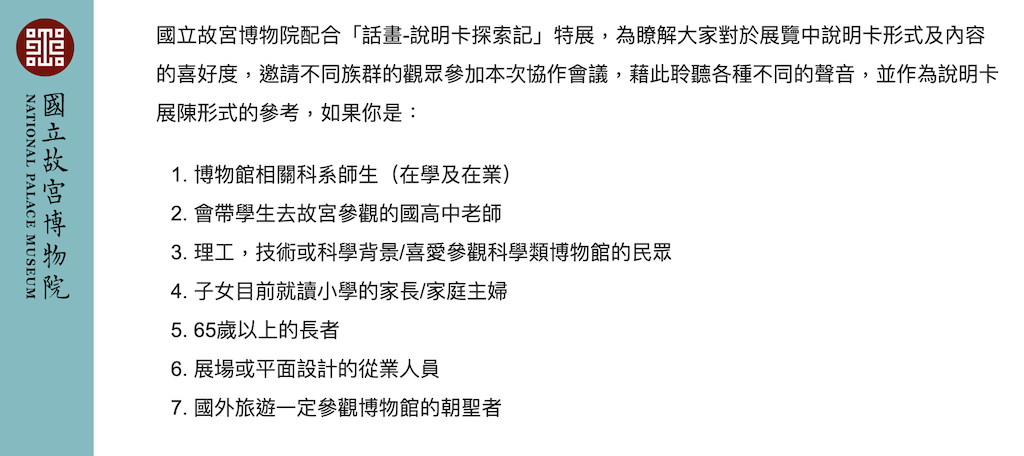
Source:The National Palace Museum Official Website
The participants were able to understand the cards to a greater extent than the general public as their lives and work were more relevant to the exhibition. After a guided tour, everyone was able to quickly dive into a topic that may not be familiar to the general public, and we were able to use a simple toolkit to summarize different needs and respond to different levels of suggestions.
We then moved on to the main event, “Co-Creation”, where we asked the participants to put aside what they already know, stop expressing verbally, and instead, while looking at the exhibits together, touch different materials with their hands, and create an “illustration card”, allowing the participants to experience the relationship between this “object” and us.
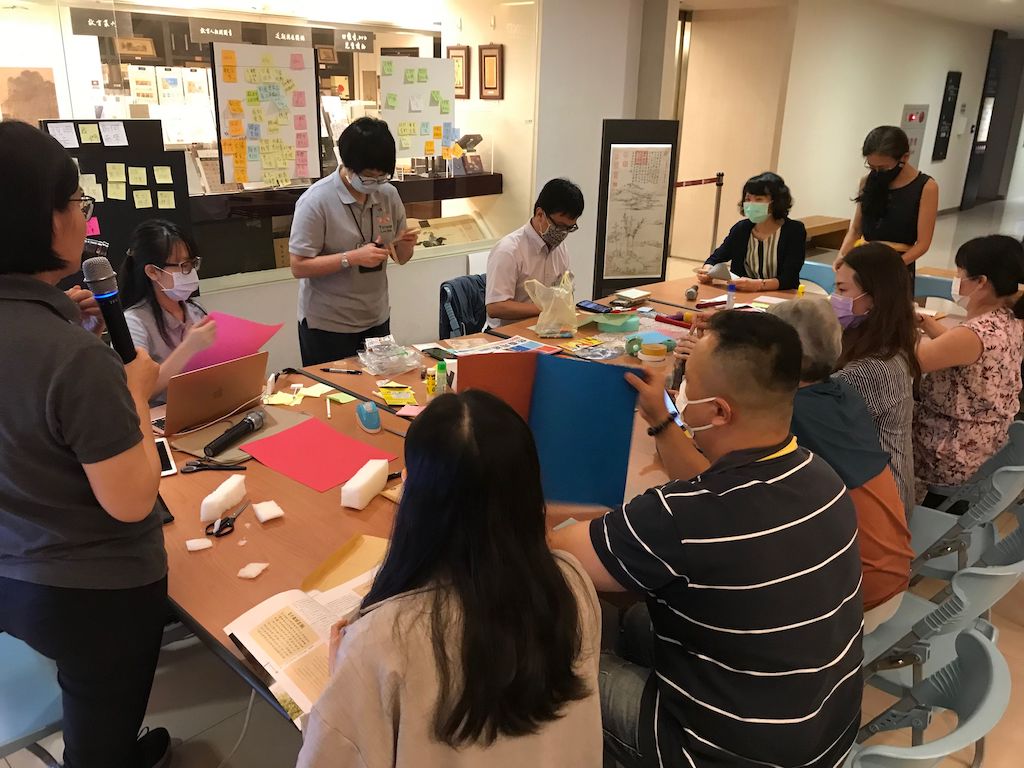
In addition to the improvisation on-site, the unique conditions on the closing day of the exhibition also allow the participants to bring their unique illustration cards into the exhibition room, making them more aware of the three-dimensional spatiality of the cards.
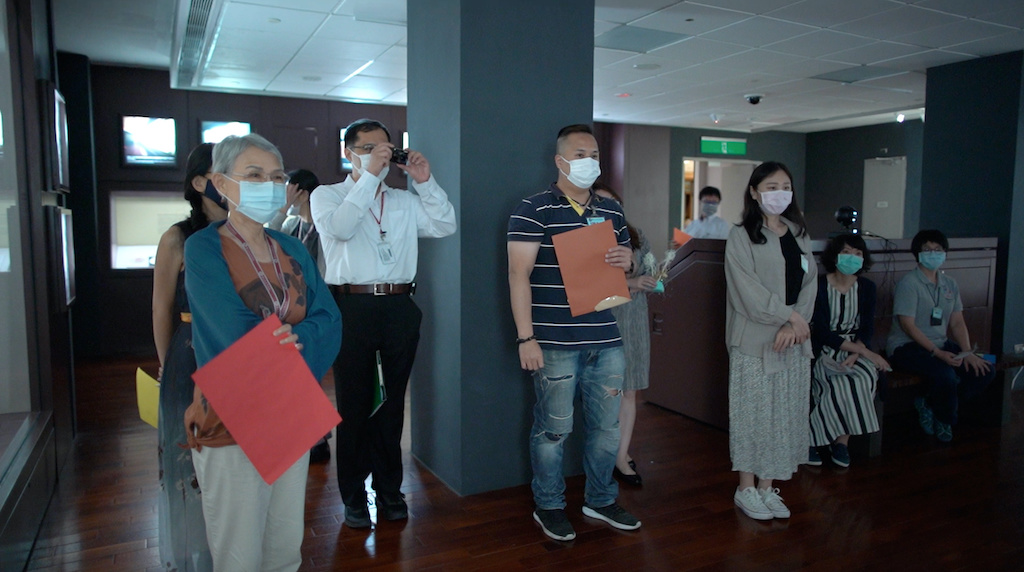
In the exhibition room, elements such as lighting, display cabinets, flow, etc., as well as the physical distance between the cards and the exhibits, gave the audience an experience that was somewhat different from the one they had experienced during creation. The process of listening to different participants present their cards and explain “how to introduce the exhibit” also stimulated more imagination. So, finally, returning to the discussion table, many people’s feedback was that they were able to better consider the multi-faceted nature of the curatorial process.
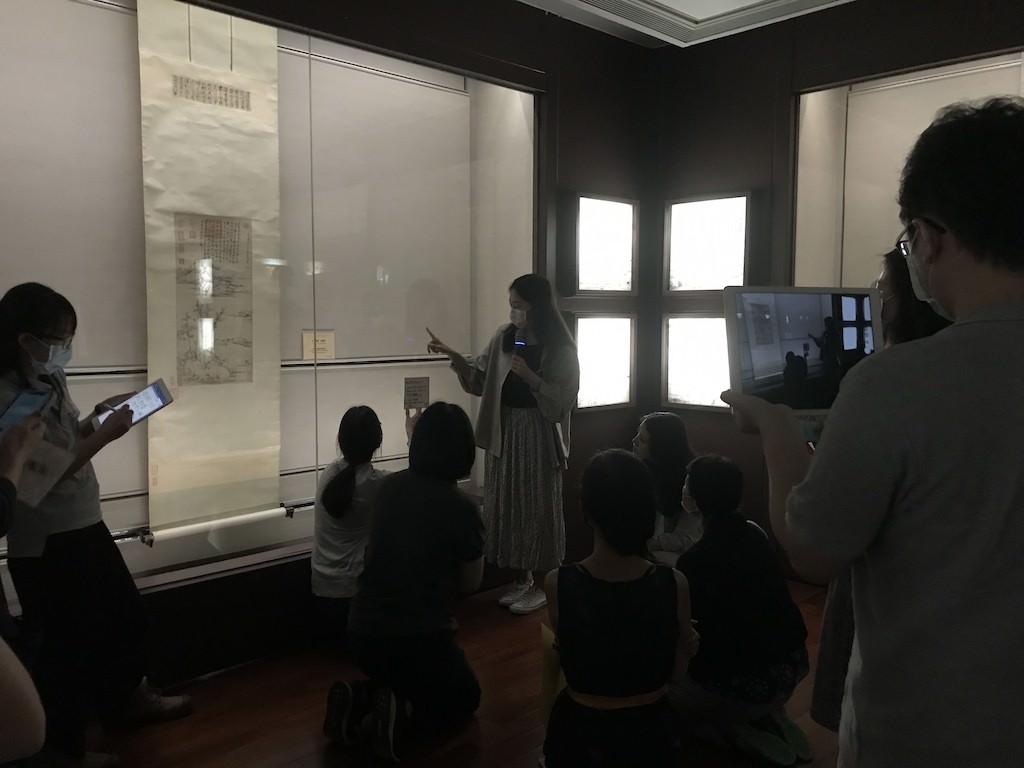
Many policies, like the cards, need to respond to a wide range of needs, and there are too many options to choose from. Museums and curators also have many considerations to make when thinking about an exhibition. These holistic designs may not be entirely in line with the needs of the users, and it is important to listen to a wide range of views in real-time.
However, a collaborative process, whether through discussion or co-creation, may result in government agencies gathering suggestions for changes to make their policies more responsive to the needs of the public, or in the public gaining a better understanding of how the government works and coming back to adjust policy proposals or even help out on the ground. No one voice is entirely right, but rather a trusting and complementary partnership, and this is the value of open government.
So, after the proactive proposal from the National Palace Museum PO (Open Government Participation Officer), we started the series of the collaboration processes and made a meaningful attempt for both PDIS and the National Palace Museum. Let’s end with what the National Palace Museum PO shared at the collaboration meeting that day!
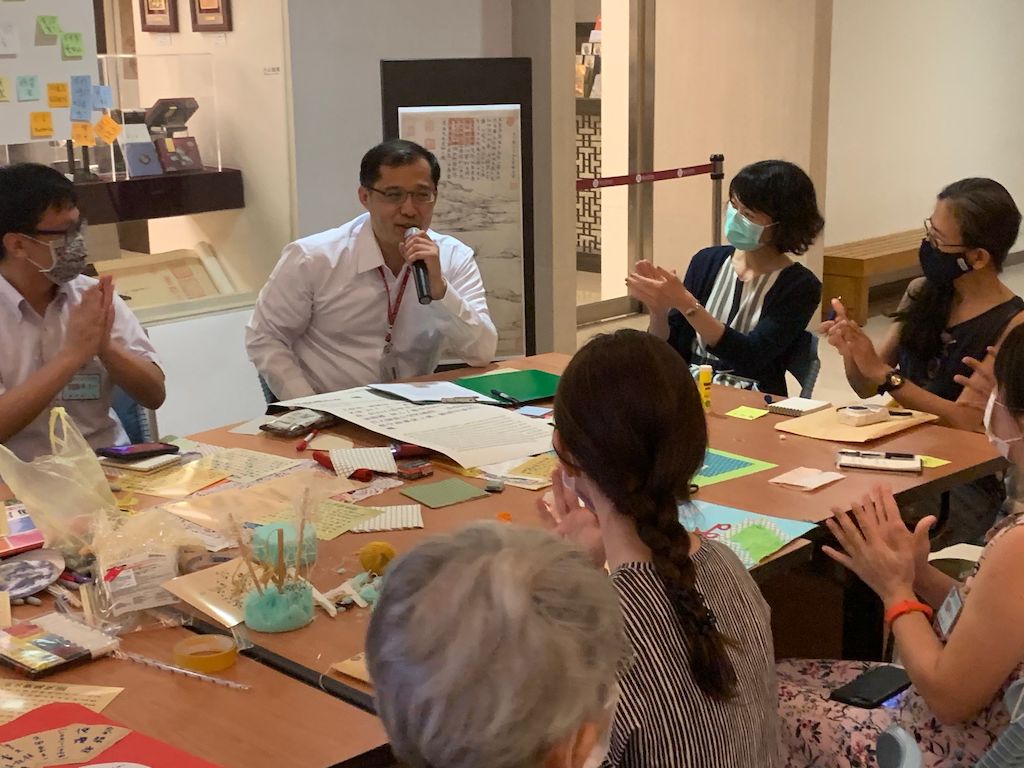
“The National Palace Museum is very well-known to the public, and there are very few people who have never been to the National Palace Museum when they were students. But honestly, if you don’t visit the National Palace Museum for the rest of your life, it won’t have much impact on your daily life.
Even so, we still take this opportunity to showcase many of our national treasures and elevate the non-artifact “illustration card” to the same status as the artifacts on display. This is a first for an exhibition I’ve seen since I was a kid.
We have also successfully collaborated with PDIS to hold a collaborative meeting to allow everyone to express their views on the illustration cards. We will assimilate these ideas and use them as a reference for future curatorial work in the hospital, and we will have some proposals that we can adopt.
Besides, we also hope that you will have more confidence in the various action plans of the open government advocated by minister Audrey Tang.”
 (This work is licensed under a Creative Commons Attribution 4.0 International License.)
(This work is licensed under a Creative Commons Attribution 4.0 International License.)
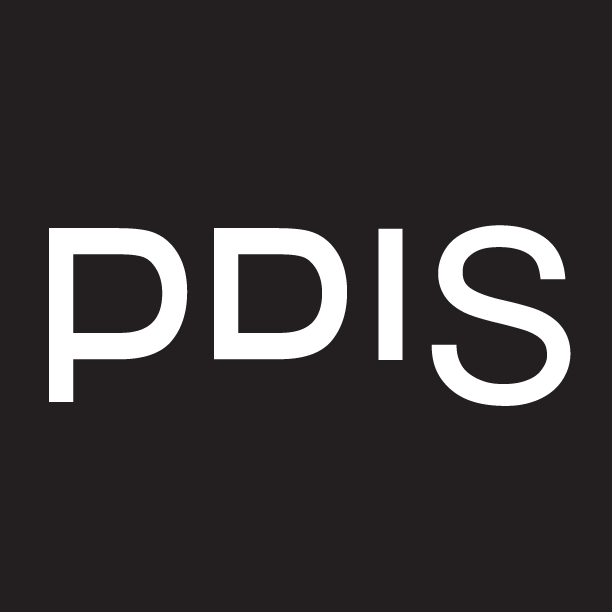 En-En Hsu
En-En Hsu